The most common construction materials delivered in Denver
Ryan Miller
August 4, 2025

It’s no secret that construction is booming in Denver. But what are the most common material types delivered? Here’s the breakdown of which materials are fuelling the latest projects, and where material trends are headed for Aurora, Lakewood, Denver, and greater Colorado.
Construction projects that are booming in Denver
The residential construction sector is by far the fastest-growing in Denver. This is thanks to a steadily growing population and limited housing availability. The demand includes both single and multi-family homes.
Additionally, infrastructure construction projects are on the rise, including utilities and transportation, thanks to the population growth and the need to update and modernize existing systems. Bridges and roads are under extensive pressure to expand to support the influx of residents and the bustling economy.
Commercial construction, on the other hand, saw a decrease in 2024. While it has slowed, it hasn’t come to a complete halt, as technology facilities and healthcare buildings continue to see steady investment.
The 5 most common construction materials delivered on-site for Denver projects
1. Concrete
Concrete is the most utilized construction material in the world. It’s a composite material made up of an aggregate of various grit combined with cement and water to bind it. Over time, the mixture cures and sets, creating a sturdy, reliable building material resistant to elements and severe weather.
Concrete takes a minimum of 7 days to cure and reaches maximum sturdiness around 28 days after setting. Reinforced concrete, in particular, is common in construction and involves embedding steel to increase structural integrity further.
What it’s most used for: Residential buildings, foundations, bridge construction, sewers, and culverts.
2. Steel
The boom in skyscraper construction, in particular, can be attributed to the discovery of steel as a sturdy reinforcing material. Steel is also a composite material, made up of carbon and iron alloys. Steel is high-strength, easy to work with, and cheaper to transport compared to similar building materials.
Unless pressed with tremendous weight, steel does not easily bend and deform. It’s faster to install than concrete, can be erected in almost any environment, and has an incredible strength-to-weight ratio. The most notable drawback is that certain types of steel are more prone to degradation in extremely high temperatures.
What it’s most used for: Roofing, internal fixtures, structural sections, and underground utilities.
3. Stone
While it may not be the most commonly used, stone is the longest-lasting construction material. The most ancient structures still preserved today are largely built from stone, and today we use it in walls, floors, and when we need other smooth-finish textures. Stone comes in many colors and includes variations like granite, marble, and sandstone.
In terms of drawbacks, stone is quite dense. Due to its weight, it can be difficult to work with and move. It also doesn’t make the greatest insulator, so it is not ideal in extremely cold climates.
What it’s most used for: Ballasts, bridge piers, walls, damp proofing for building envelopes, and rough aggregate in construction.
4. Wood
Another long-used construction material on our list is wood. Wood is cost-efficient, durable, flexible, and readily available in nature. Wood can be molded and bent into virtually any shape, and, in addition to being strong, it’s one of the most environmentally sustainable materials. Wood is used in both commercial and residential construction, and it works well when integrated with other materials, such as marble, steel, and aluminum.
The drawback with wood, of course, is that it’s very flammable. And unlike some other materials on our list, it’s difficult to reuse as-is.
What it’s most used for: Floors, walls, ceilings, building frames, acoustic insulation, and thermal insulation.
5. Brick
Bricks are materials formed by masons into rectangular blocks and bound into larger structures with mortar. They have great compression resistance, but can also break easily. Conventional brick making involved heated and dry clay; however, the most commonly used bricks in construction are now concrete blocks reinforced with steel.
Due to the impressive compressive strength, we use bricks to produce many load-bearing walls. Bricks are also fire-resistant and make an economical building choice for various construction sectors.
What it’s most used for: Masonry foundations, walls, decorating finishes, and construction in flood-prone areas.
The future of Denver construction is trending in an eco-friendly direction
Brick, concrete, steel, stone, and wood are the most commonly used construction materials, but we could see that change in the Denver area sooner than you’d think. Denver is actively employing sustainable construction practices in projects of all sizes and has even been nationally recognized for its efforts.
The city is leading the charge in implementing net-zero building standards and has set a goal to achieve net-zero energy consumption in new developments by 2030. Denver is highly ranked in LEED certifications, meaning it focuses on construction involving reduced carbon emissions and significantly less energy and water use.
Up-and-coming construction materials, thanks to these initiatives, include solar panels, concrete alternatives, and prefabricated home parts.
How Denver companies deliver smarter
Aside from making construction more sustainable, Denver construction companies are also looking to streamline the logistics and delivery systems. Delivery software apps are slowly increasing in popularity, and common solutions include:
- Comprehensive logistics platforms: Everything from materials planning to integrating with BIM systems to scheduling delivery is on one unified platform.
- Customized route planning: Middle-mile delivery, retail delivery, virtual fleets, you name it, these software solutions can help fill the gaps with planned or hotshot delivery.
- Widespread delivery coverage: These software solutions utilize a vast network of local drivers to serve construction companies all over the country.
Delivery planning for construction materials can create a bottleneck more significant than contractors realize. By taking things digital and offering visibility for all, the confusion and room for human error are effectively eliminated.
Get your construction supplies delivered more efficiently with Curri
Whatever the material may be, Curri is your go-to solution for transportation. We offer a user-friendly logistics platform, advanced route planning options, and national delivery coverage with a range of vehicle options.
Whether you need a sedan for a few materials or a semitruck for a megaproject, our platform can make it easy the whole trip. Book a demo with the team today to learn more about how Curri makes construction delivery simple.










-min-min-min.png)
.png)
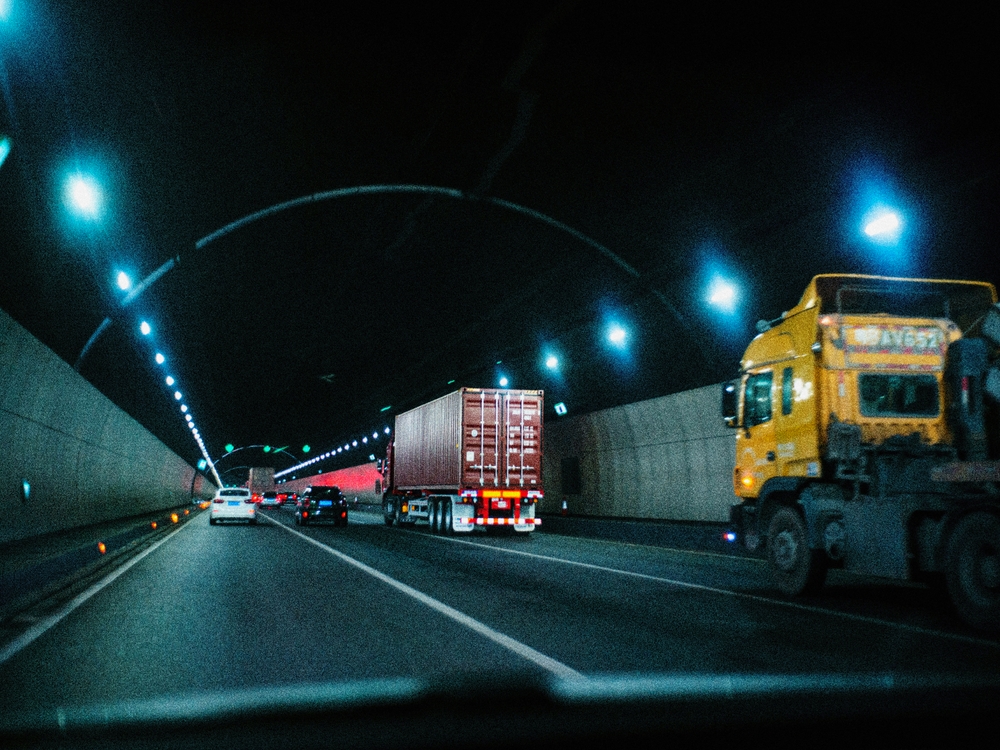
.jpeg)
-min.jpeg)
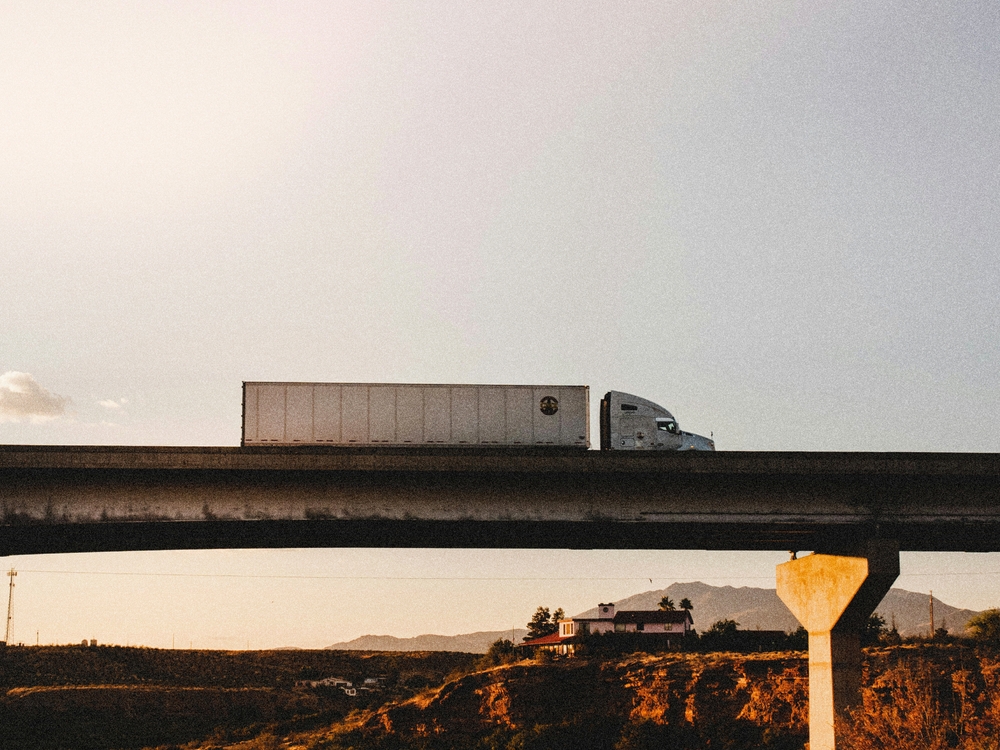

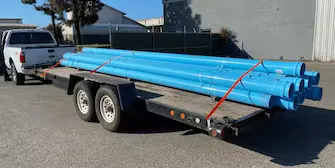
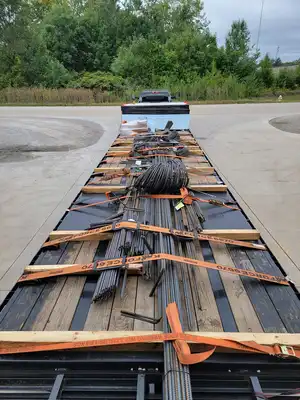


-min.webp)
.webp)

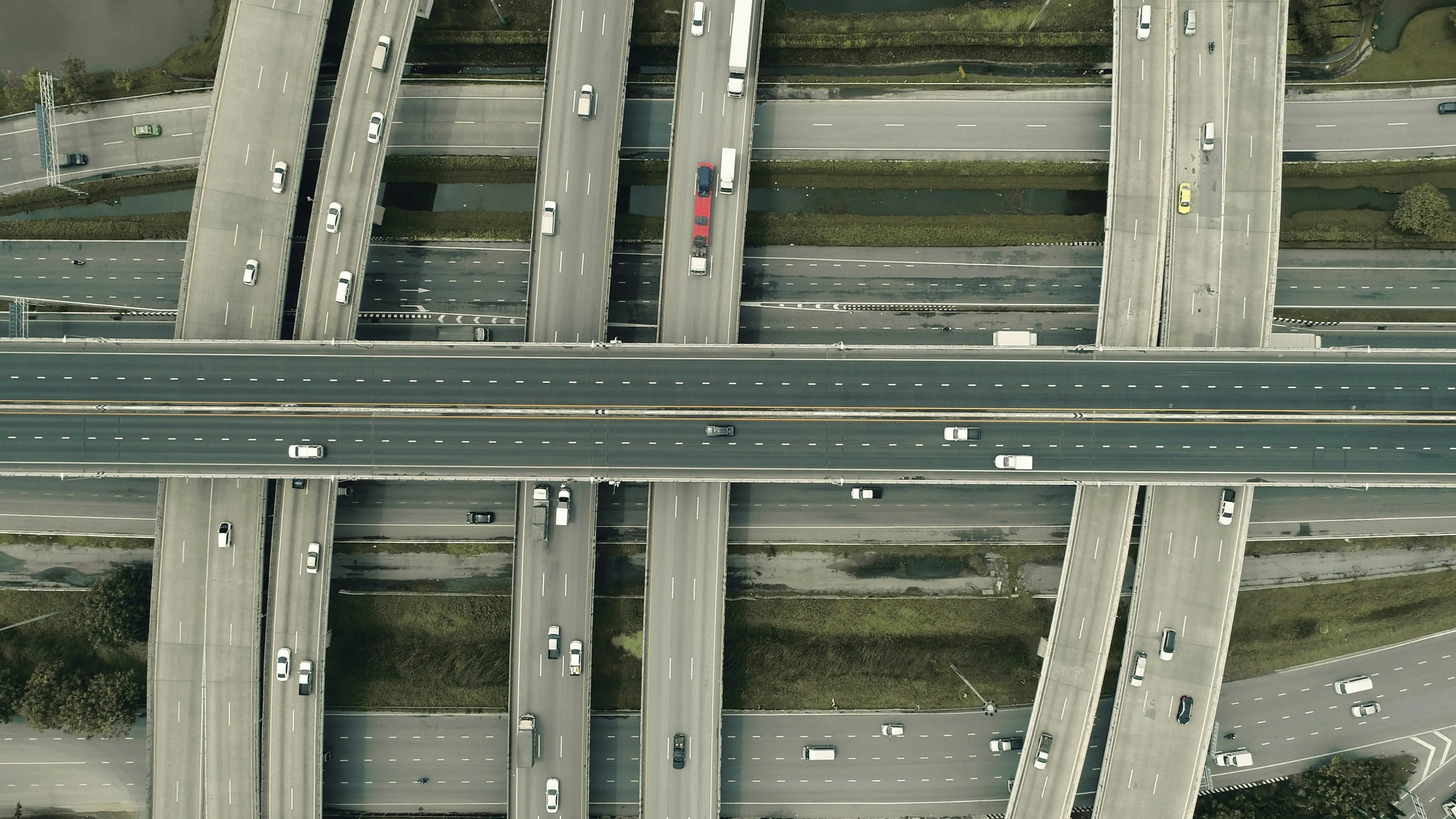

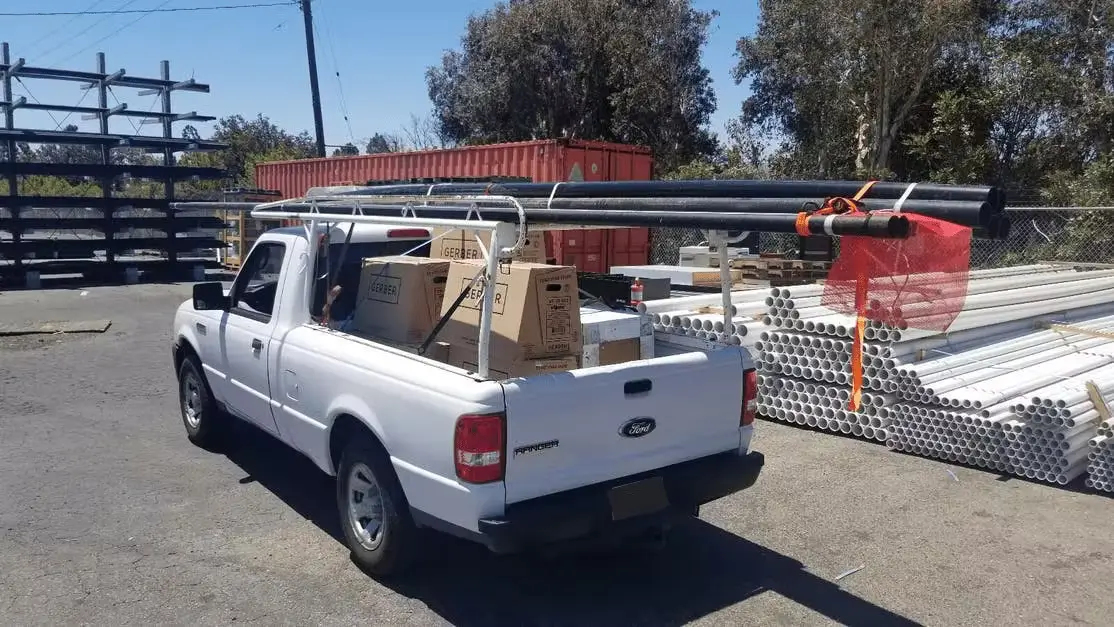

.webp)

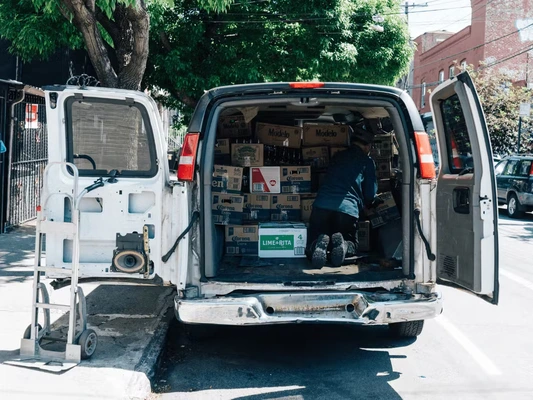

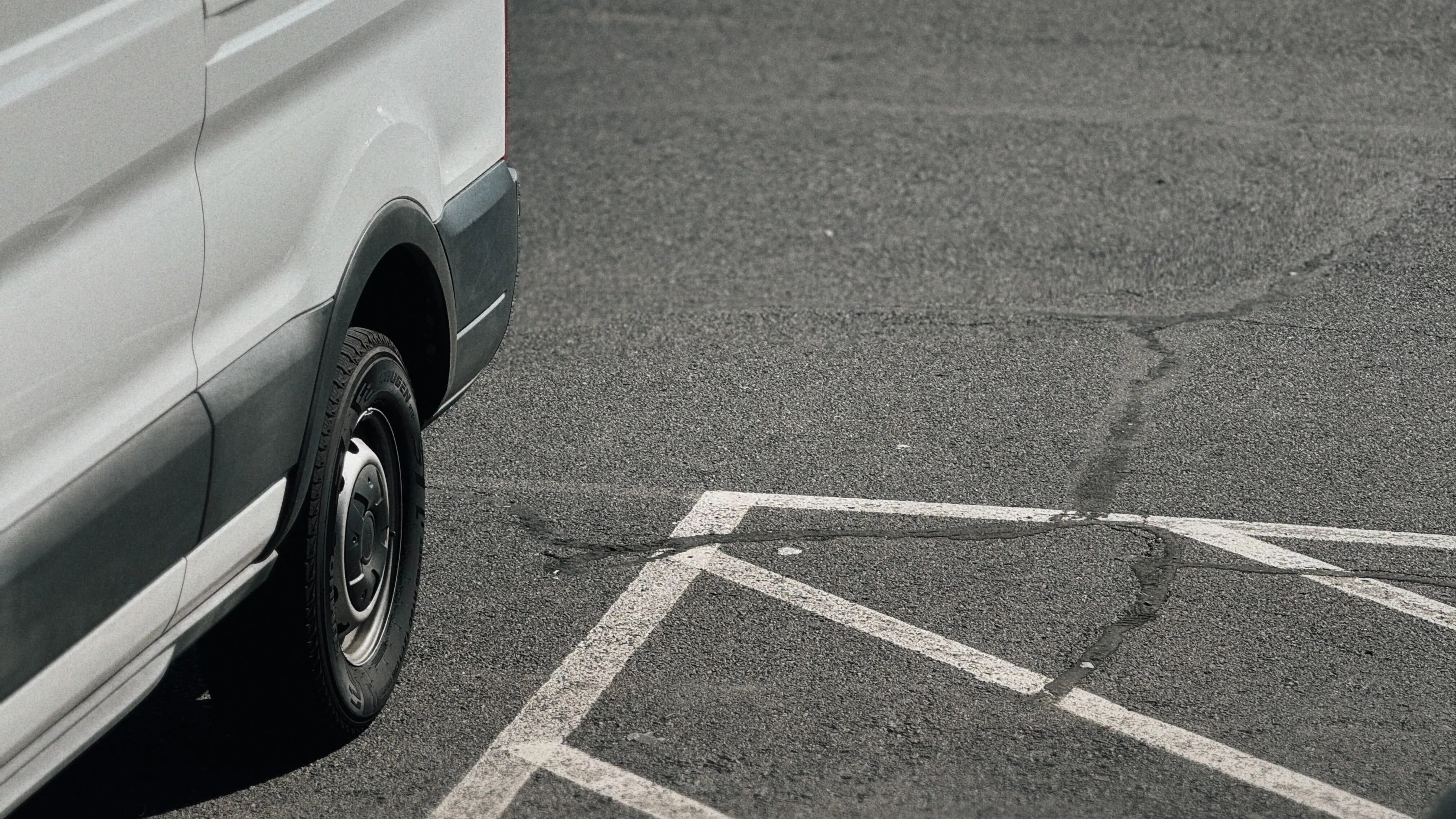
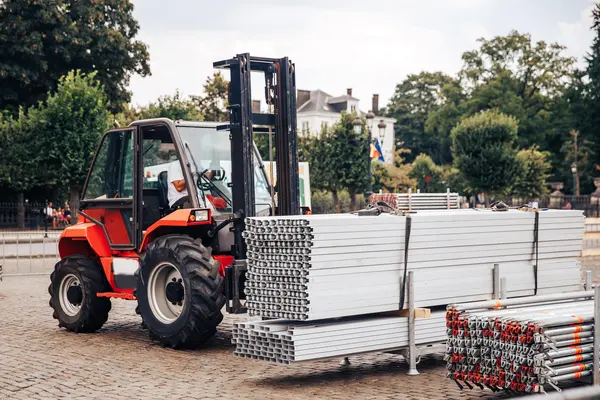







.webp)
-min.webp)


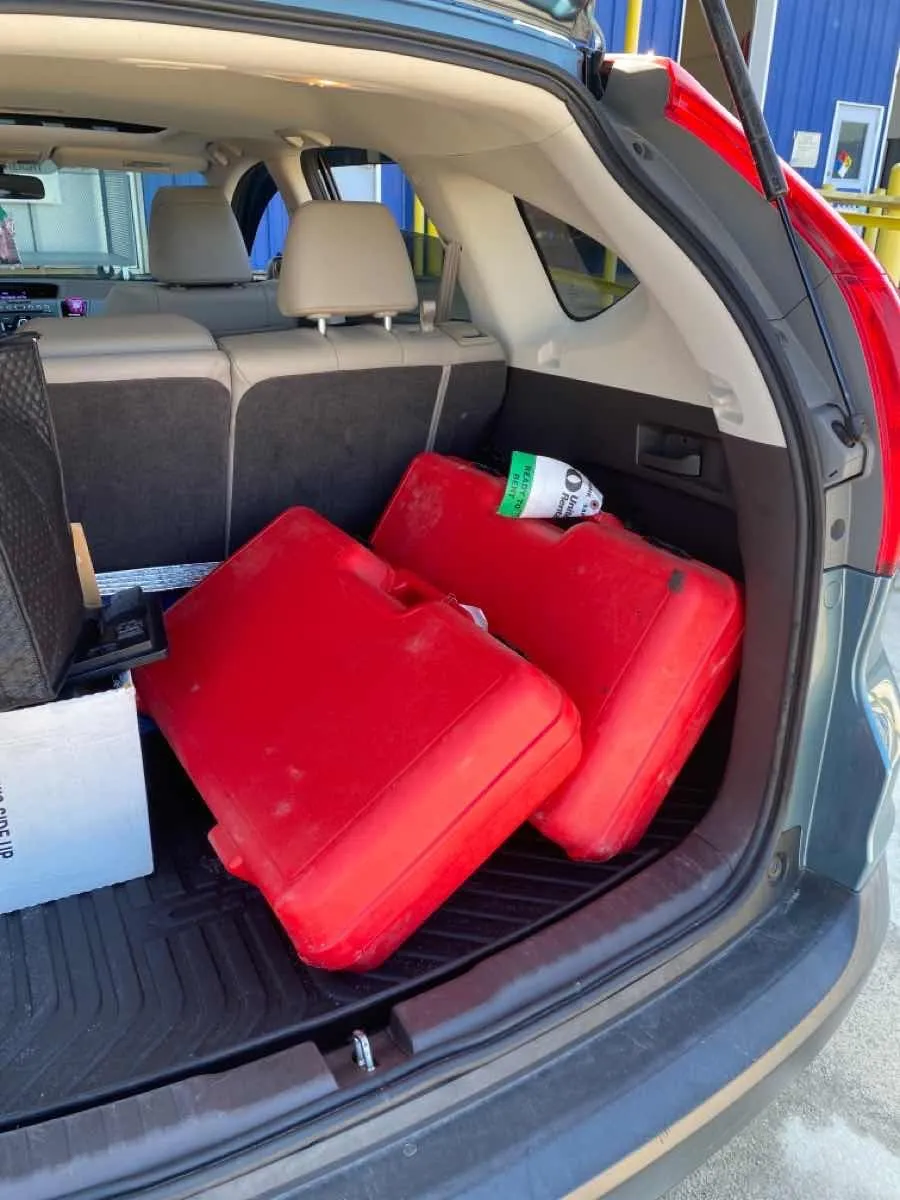
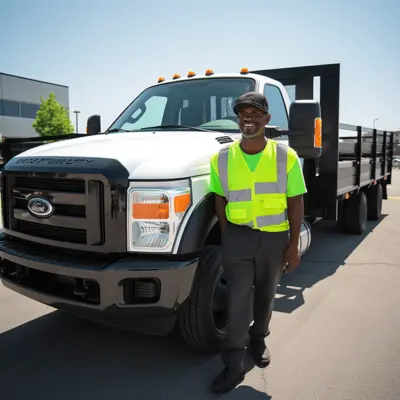
-min%2520(1).webp)

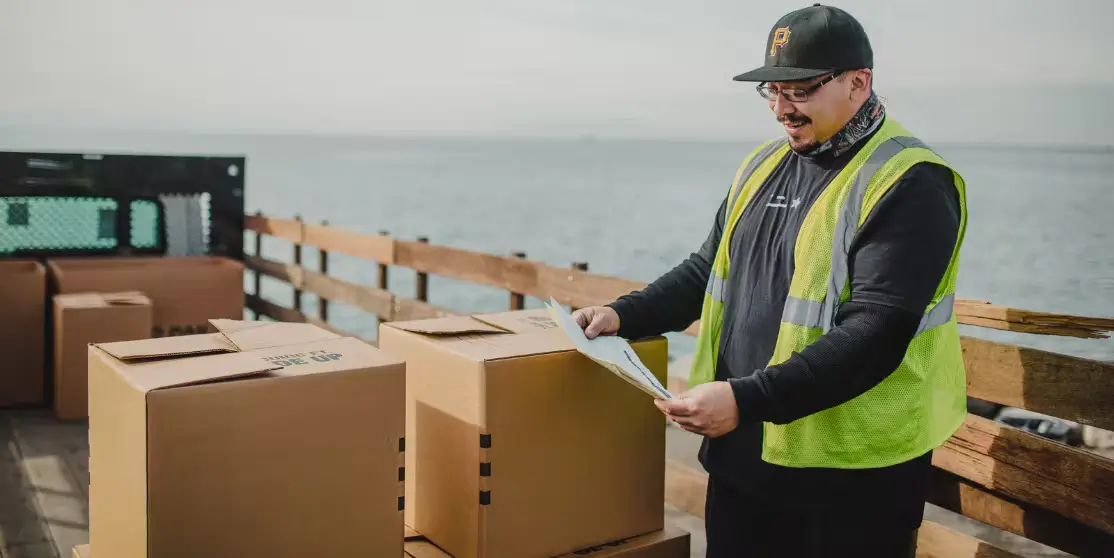

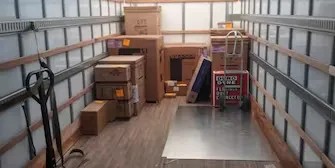

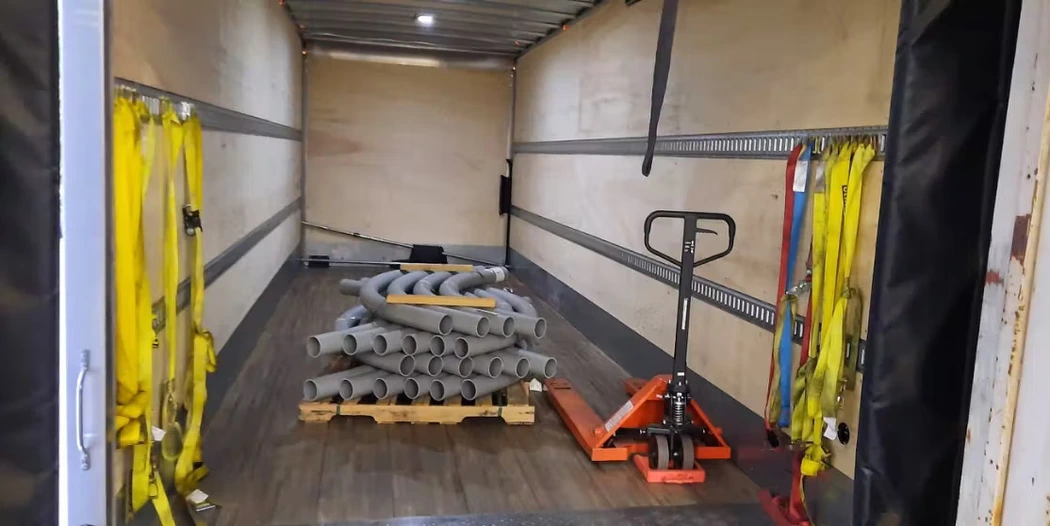
.webp)
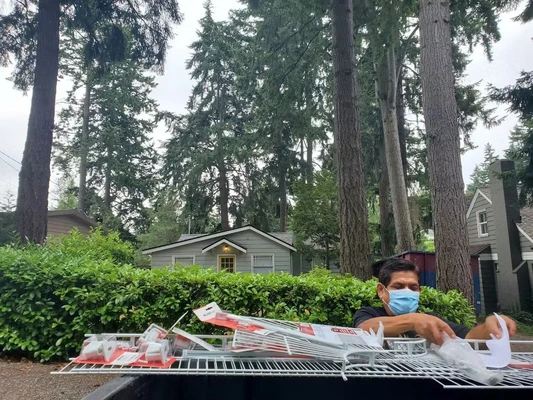



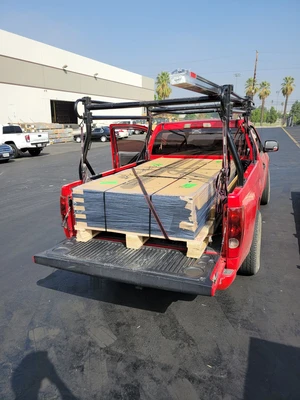
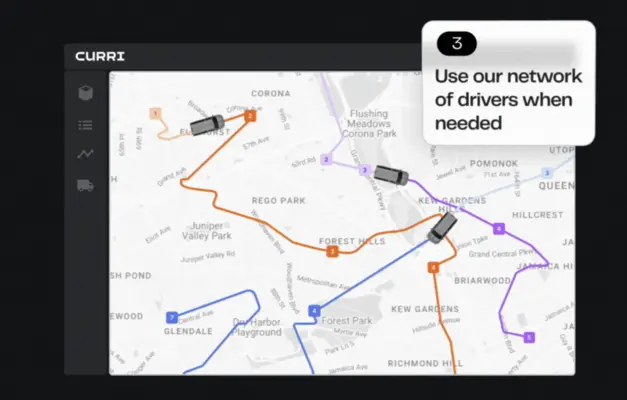
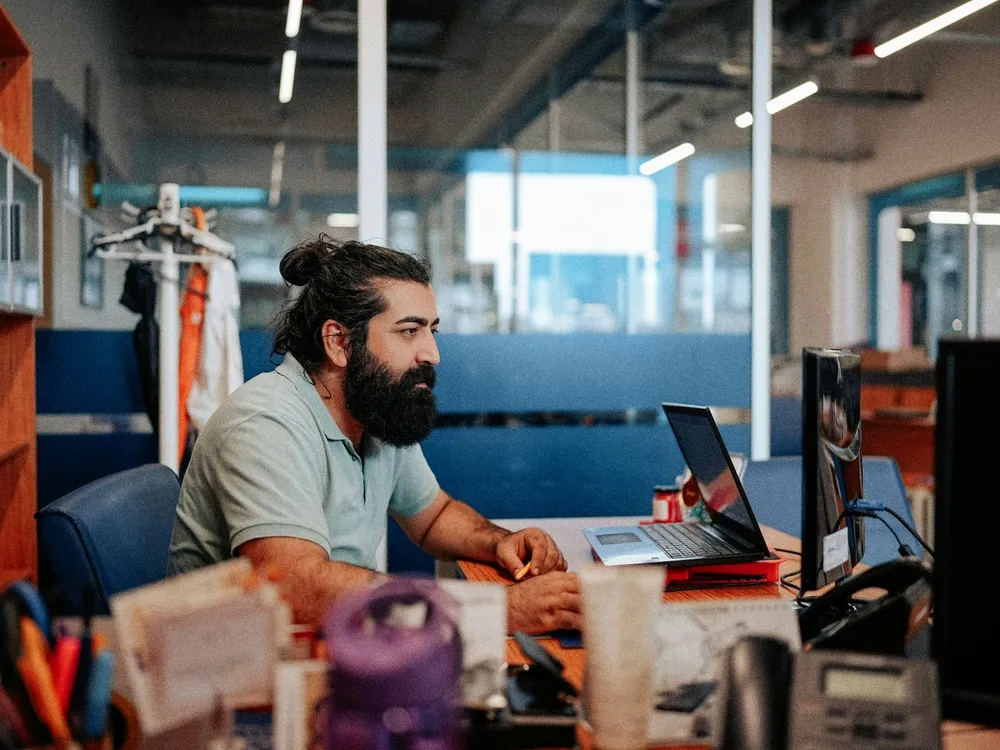

-min.webp)
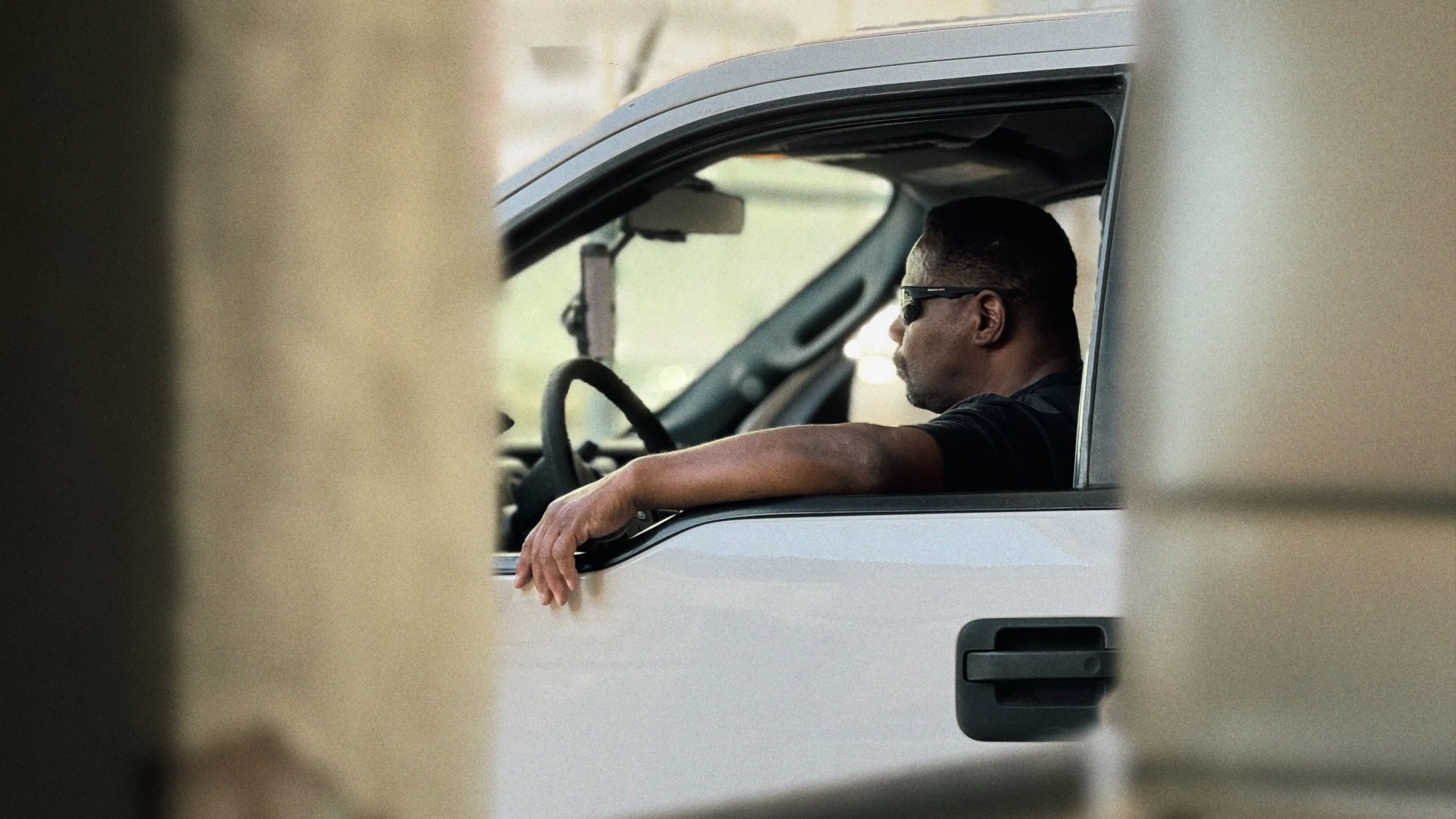

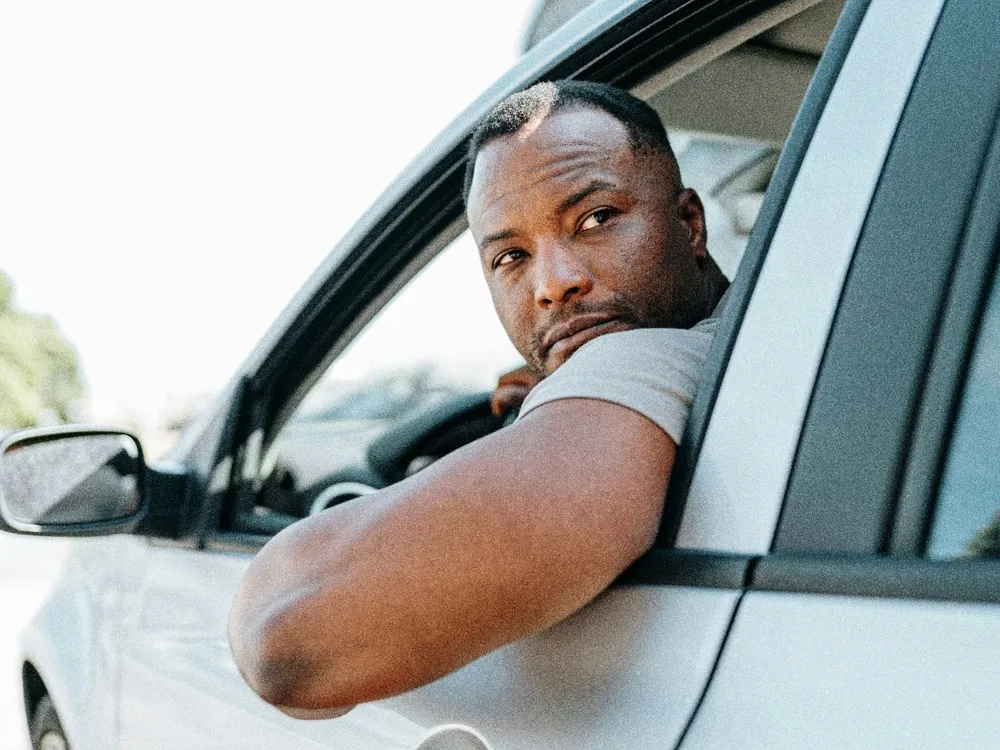


.webp)
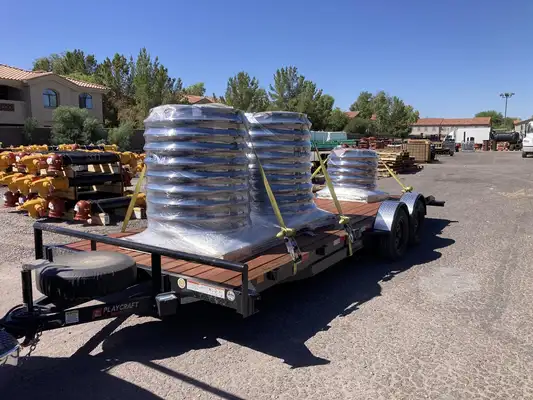
.webp)



-min.webp)




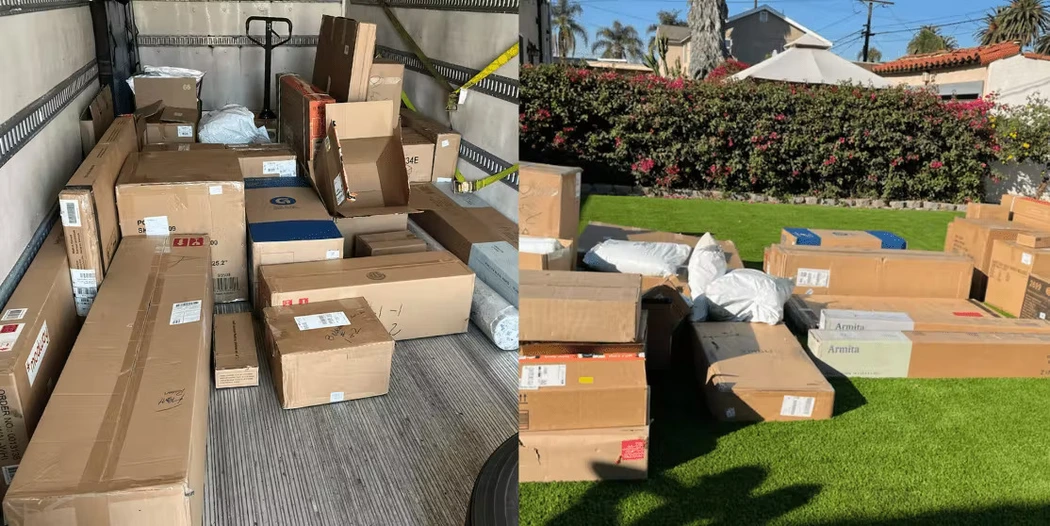
-min.webp)

.webp)
-min.webp)



.webp)

.webp)
.webp)
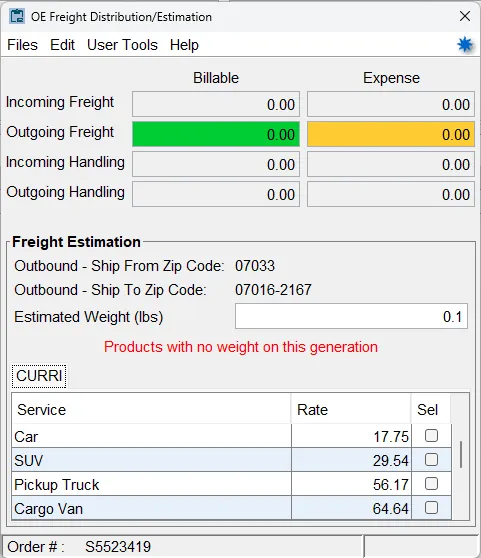
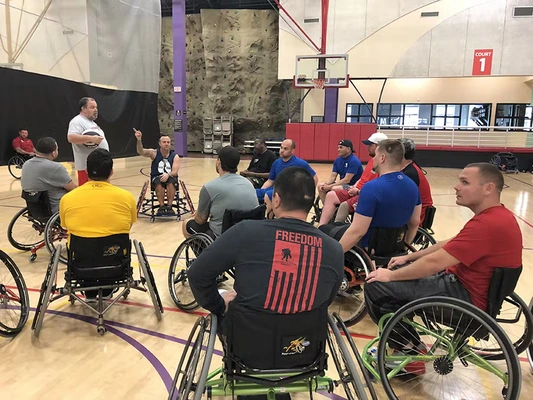
.webp)
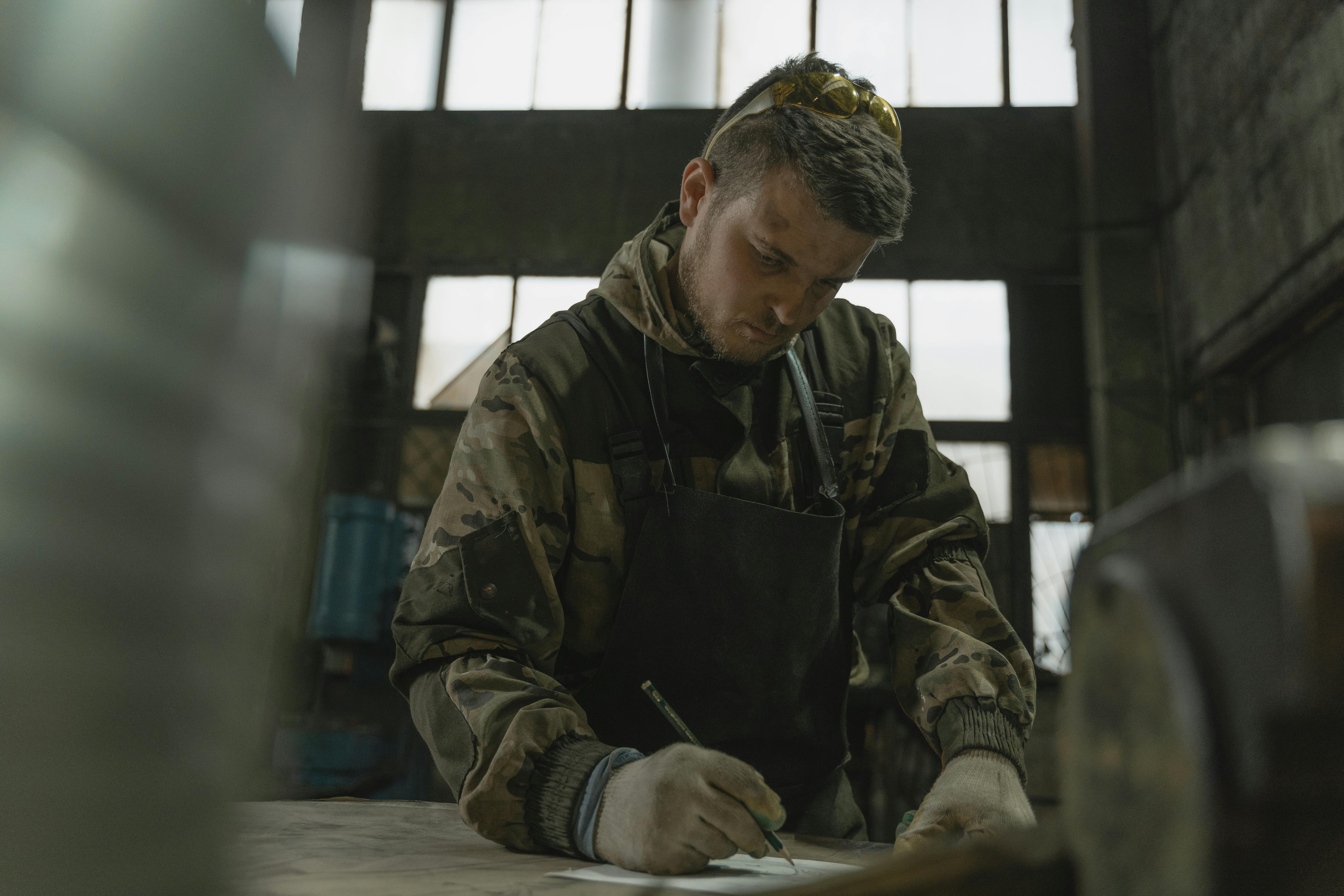



-min.webp)
.webp)
.webp)
-min.webp)